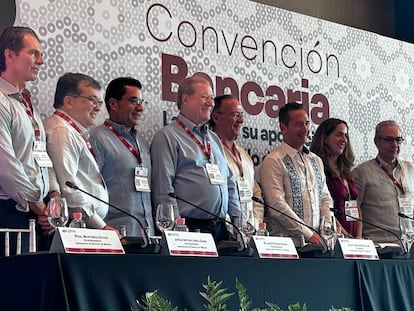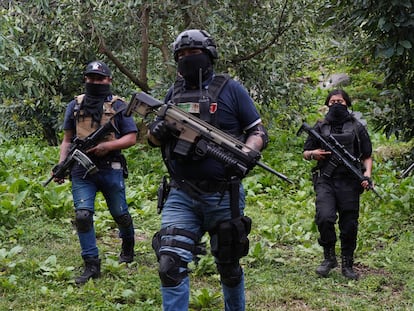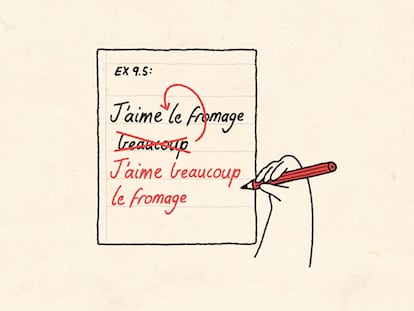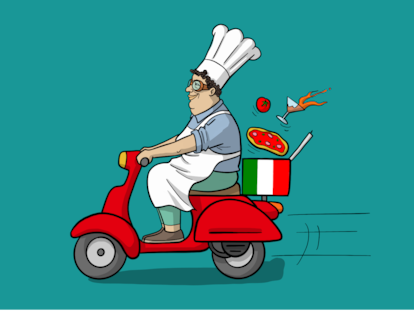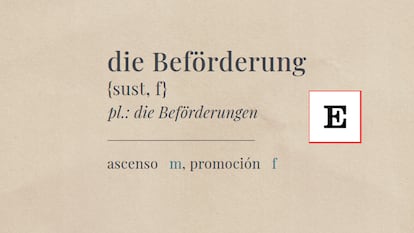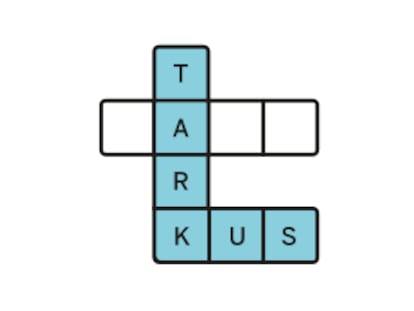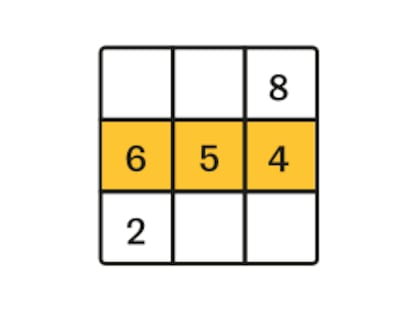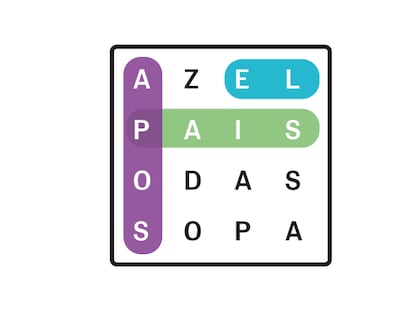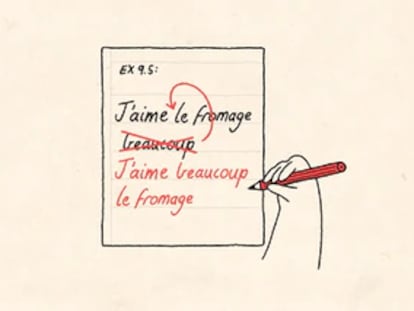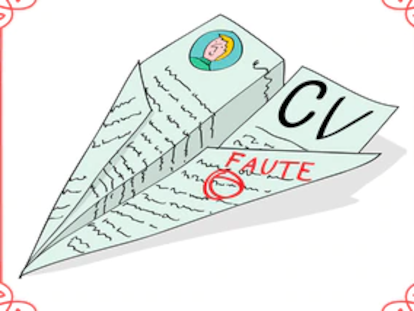Mexico and the United States decimate Los Chapitos
After the death of El Perris, head of security, the government has captured hitmen leader Moisés Barnabé, delivering a new blow to the dwindling faction of the Sinaloa Cartel
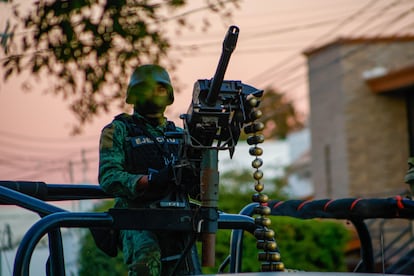

Los Chapitos have become an endangered species. Only a few of their top bosses — the very ones immortalized in corridos for a few pesos or whose initials adorn caps sold on the streets of Culiacán — are still standing. Imprisoned, killed, extradited to the U.S., or voluntarily surrendered to U.S. authorities as part of plea deals to reduce sentences, the Sinaloa Cartel faction is rapidly vanishing.
Only two leaders — Iván Archivaldo Guzmán and his brother Jesús Alfredo — remain at large. But they are increasingly cornered by Mexico’s security forces, who take daily pride in announcing new arrests and deaths of the traffickers whom Washington has identified as key figures behind the fentanyl crisis.
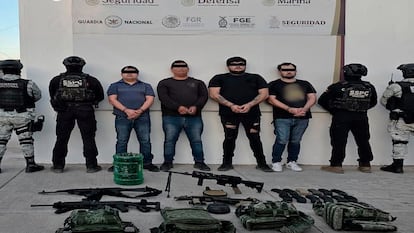
The latest high-profile figure to fall within Los Chapitos is Moisés Barnabé Barraza Acosta, aka Berna or Chupón, described by authorities on Thursday as the “leader of the criminal cell dedicated to contract killings and drug trafficking.”
Alongside the 31-year-old, a joint security forces operation in Culiacán also arrested three other criminals: Noe Moreno Montes, aka Pinpon, 27; Jesús Iván Robles Meraz, 29; and Luis Antonio Ibarra Payan, 31. They were found heavily armed — though perhaps less so than one might expect from the leader of a hit squad — with “four long guns, 18 magazines, tire spikes, four bulletproof vests, and a stolen vehicle equipped with compartments for tire spikes.”
Los Chapitos — named so because their leaders are the sons of Joaquín “El Chapo” Guzmán, the world’s most powerful drug trafficker until his third capture and extradition to the United States, where he is serving a life sentence — gained strength precisely after El Chapo’s fall. For Washington, they became one of the faces responsible for flooding U.S. streets with fentanyl. The White House declared war on them. In 2023, the State Department filed charges against 28 cartel members, and the prosecution sought life sentences without parole for their three leaders: Iván Archivaldo, Jesús Alfredo Guzmán Salazar, and Ovidio Guzmán López.
Months earlier, in January of that year, Ovidio — known as “El Ratón” — was captured in Culiacán during a difficult operation that his men responded to with gunfire and burning cars throughout the city. It was the second time authorities had tried to apprehend him, following the 2019 event known as Culiacanazo, when, after Ovidio was already in custody, then-Mexican president Andrés Manuel López Obrador was forced to order his release because his followers threatened to raze the city. After his final arrest and the ensuing U.S. legal battle, the cartel’s fate was sealed.
El Ratón was extradited to the United States in September 2023. And negotiations with the U.S. justice system began. The following summer, an unexpected move tipped the fragile balance of the Sinaloa criminal world. One of his brothers, Joaquín Guzmán López, kidnapped Ismael “El Mayo” Zambada, the historic capo of the Sinaloa Cartel, former partner of El Chapo, and the only one of his generation who had never been imprisoned.
Guzmán López forced him onto a plane against his will, and both surrendered to U.S. authorities at a small airport near El Paso. El Mayo denounced the kidnapping through his lawyer, citing a violation of Mexican national sovereignty, played his cards, and is now negotiating a plea deal with U.S. prosecutors. All signs suggest that Guzmán López is also negotiating with the U.S. Department of Justice, which has already confirmed that it will not seek the death penalty against him.
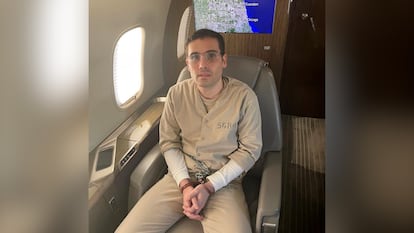
The betrayal of El Mayo unleashed a war between his loyalists, known as La Mayiza, and Los Chapitos. Since the dispute erupted on September 9, Sinaloa has recorded 1,369 murders and just as many arrests, according to the daily tally by the newspaper Noroeste, a key source for coverage of violence in the state.
In October, Claudia Sheinbaum took office as Mexico’s president and dramatically shifted the security strategy of her predecessor, López Obrador. With Omar García-Harfuch, her security czar, leading the efforts — and under pressure from U.S. President Donald Trump — high-profile arrests and seizures have surged in Sinaloa, particularly targeting Los Chapitos, which is now on the brink following months of attacks.
El Chapo’s sons are well aware of their decline. Earlier this month, Ovidio Guzmán reached a deal with the U.S. Department of Justice to plead guilty to drug trafficking in exchange for providing information to the authorities. The details of the negotiation remain unclear, but just days later, 17 relatives of El Ratón crossed the border into California, including Griselda Guadalupe López, his mother, El Chapo’s ex-wife, and once one of the Sinaloa Cartel’s main operatives. The news unsettled the Mexican government, just as the kidnapping of El Mayo had done months earlier.
The capture of Moisés Barnabé Berna is just the latest chapter in a series of arrests that have raised suspicions for targeting Los Chapitos disproportionately. According to EL PAÍS’s tally based on official figures, by the end of May, the Security Ministry had reported the arrest of 72 Chapitos compared to 23 Mayitos — a count that does not include those killed.
On the same day as Berna’s arrest, another high-profile capture took place in Sinaloa. In Los Mochis, an operation apprehended Juan Pablo “El Payo” Bastidas Erenas, a high-ranking member of the Beltrán Leyva cartel, who was working for Oscar “El Músico” Manuel Gastélum, and Fausto “El Chapo Isidro” Isidro Meza. The Beltrán Leyva cartel was powerful years ago, but now survives amid fragile alliances and betrayals.
Last weekend, García Harfuch announced the death of Jorge Humberto Figueroa, aka El Perris, one of Los Chapitos’ top field operators, head of security, and a key figure behind the Culiacanazo — calling it “part of the strategy to build peace.”
The recent capture of Berna underscores Los Chapitos’ downward spiral, as their ranks continue to shrink and they become increasingly trapped. If their leader, Iván Archivaldo Guzmán, has avoided the same fate, it’s because he narrowly escaped the authorities through a tunnel — just as his father did years earlier, according to an investigation by The Wall Street Journal. What remains of Los Chapitos is desperately trying to survive through alleged alliances with old enemies like the Jalisco New Generation Cartel. Anything to avoid extinction.
Sign up for our weekly newsletter to get more English-language news coverage from EL PAÍS USA Edition
Tu suscripción se está usando en otro dispositivo
¿Quieres añadir otro usuario a tu suscripción?
Si continúas leyendo en este dispositivo, no se podrá leer en el otro.
FlechaTu suscripción se está usando en otro dispositivo y solo puedes acceder a EL PAÍS desde un dispositivo a la vez.
Si quieres compartir tu cuenta, cambia tu suscripción a la modalidad Premium, así podrás añadir otro usuario. Cada uno accederá con su propia cuenta de email, lo que os permitirá personalizar vuestra experiencia en EL PAÍS.
¿Tienes una suscripción de empresa? Accede aquí para contratar más cuentas.
En el caso de no saber quién está usando tu cuenta, te recomendamos cambiar tu contraseña aquí.
Si decides continuar compartiendo tu cuenta, este mensaje se mostrará en tu dispositivo y en el de la otra persona que está usando tu cuenta de forma indefinida, afectando a tu experiencia de lectura. Puedes consultar aquí los términos y condiciones de la suscripción digital.
More information
Archived In
Últimas noticias
Imelda Castro, the woman who wants to rule the cartel battleground of Sinaloa
The new victims of the Republican war on Obamacare: Millions hit by soaring health insurance premiums
A country divided on migrant rights: Some US states expand protections while others restrict them
Venezuela authorizes the release of another 87 political prisoners
Most viewed
- David King, chemist: ‘There are scientists studying how to cool the planet; nobody should stop these experiments from happening’
- Reinhard Genzel, Nobel laureate in physics: ‘One-minute videos will never give you the truth’
- Oona Chaplin: ‘I told James Cameron that I was living in a treehouse and starting a permaculture project with a friend’
- Sinaloa Cartel war is taking its toll on Los Chapitos
- World economy in 2026: Three scenarios and a dystopia
